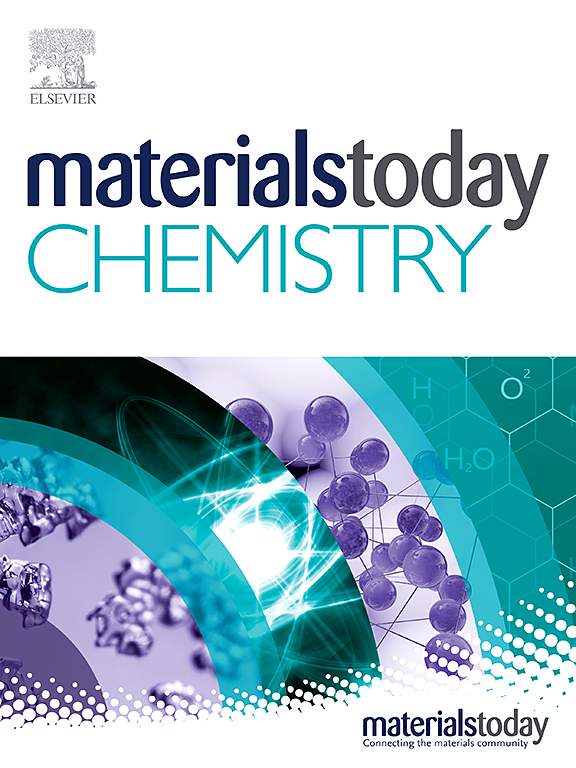Recent advances in zwitterionic polymers-based non-fouling coating strategies for biomedical applications
IF 6.7
2区 化学
Q1 CHEMISTRY, MULTIDISCIPLINARY
引用次数: 0
Abstract
Biological contamination seriously restricts the development and application of medical devices, causing severe health threats and economic losses. Non-specific protein adhesion is generally considered to be the first step in biological contamination, and it is well acknowledged that hydrophilic surfaces can effectively reduce protein adsorption. Based on this principle, many anti-biofouling materials have been developed. In recent years, zwitterionic polymers with ultra-low protein adsorption and excellent biocompatibility have made them a research hotspot for the new generation of antifouling materials and attracted great attention in biomedical applications. The repeating unit carries a pair of opposite charges, and the whole molecule is electrically neutral, showing super-hydrophilic properties. Coating strategies are considered to be a promising solution to the biofouling of medical devices due to their low impact on substrates and their ability to adapt to a variety of complex surfaces. Therefore, the zwitterionic-based coating layer is the most effective way and promising candidate to solve biological contamination. In this review, we summarized the formation process of biological contamination, antifouling surface properties, up-to-date zwitterionic monomers, the strategies for non-fouling coating preparation, and their applications in biomedical fields.基于齐聚物的生物医学应用防污涂层策略的最新进展
生物污染严重制约着医疗器械的开发和应用,造成严重的健康威胁和经济损失。非特异性蛋白质吸附一般被认为是生物污染的第一步,而亲水性表面能有效减少蛋白质吸附已被公认。基于这一原理,许多防生物污染材料应运而生。近年来,具有超低蛋白质吸附性和良好生物相容性的齐聚物聚合物成为新一代防污材料的研究热点,在生物医学领域的应用也备受关注。其重复单元带有一对相反的电荷,整个分子呈电中性,具有超亲水性。涂层策略对基底的影响较小,而且能够适应各种复杂的表面,因此被认为是解决医疗器械生物污垢问题的一种很有前途的方法。因此,基于齐聚物的涂层是解决生物污染的最有效方法和最有前景的候选方案。在这篇综述中,我们总结了生物污染的形成过程、防污表面特性、最新的齐聚物单体、防污涂层的制备策略及其在生物医学领域的应用。
本文章由计算机程序翻译,如有差异,请以英文原文为准。
求助全文
约1分钟内获得全文
求助全文
来源期刊

Materials Today Chemistry
Multiple-
CiteScore
8.90
自引率
6.80%
发文量
596
审稿时长
33 days
期刊介绍:
Materials Today Chemistry is a multi-disciplinary journal dedicated to all facets of materials chemistry.
This field represents one of the fastest-growing areas of science, involving the application of chemistry-based techniques to the study of materials. It encompasses materials synthesis and behavior, as well as the intricate relationships between material structure and properties at the atomic and molecular scale. Materials Today Chemistry serves as a high-impact platform for discussing research that propels the field forward through groundbreaking discoveries and innovative techniques.
 求助内容:
求助内容: 应助结果提醒方式:
应助结果提醒方式:


